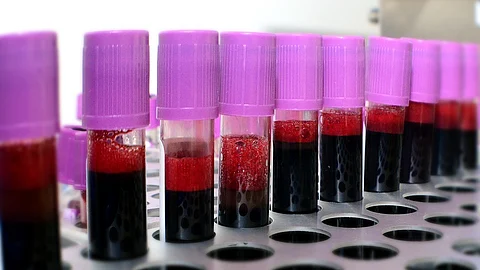Agilus Diagnostics
Agilus Diagnostics reports that 70% of its customer touchpoints are in tier-2 and tier-3 cities, contributing to 60% of its overall revenue. The company plans to deepen its presence across the 25 states it operates in, with 60% of future expansions targeted at these smaller towns.
Metropolis Healthcare
Metropolis Healthcare has a presence in over 700 towns, with a significant focus on tier-2 and tier-3 cities. The company aims to expand its reach to more than 1,000 towns within the next 12–18 months. Revenue from tier-3 cities alone has grown by 23% year-on-year, highlighting the importance of these markets in the company's growth strategy.
Redcliffe Labs
Redcliffe Labs has strategically focused on tier-2 and tier-3 towns, deriving nearly 60% of its revenues from these areas. Approximately 80% of its network is situated in smaller towns. In September, the company raised $42 million, allocating around $20 million for growth and expansion in underserved regions and the remainder for acquisitions in radiology.


